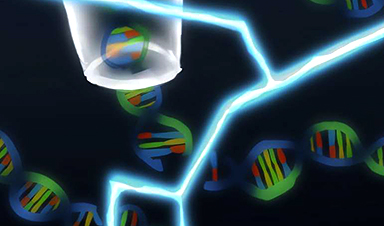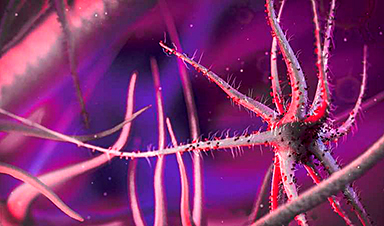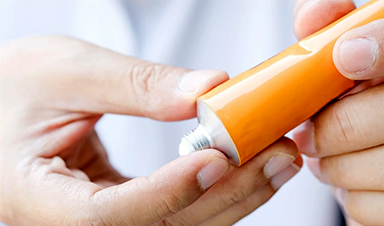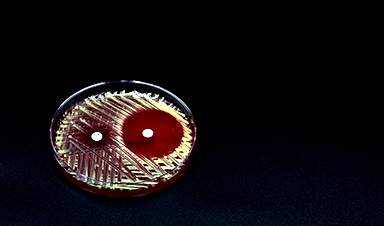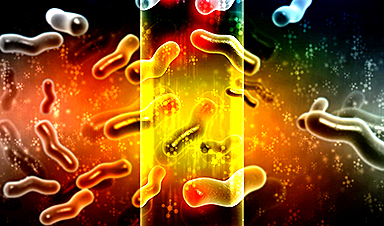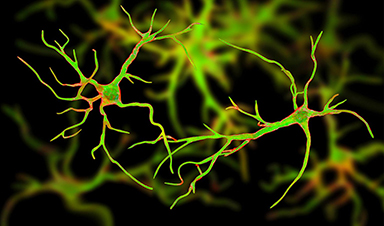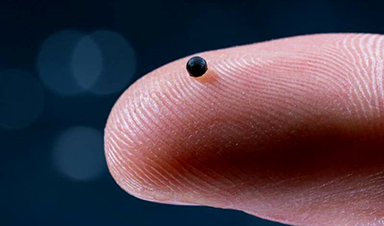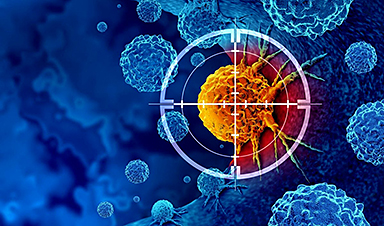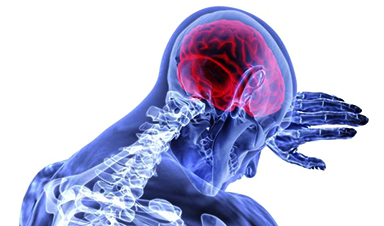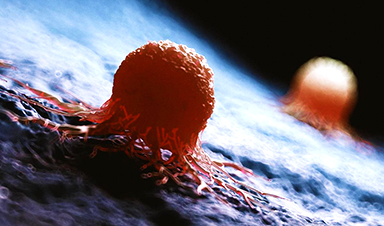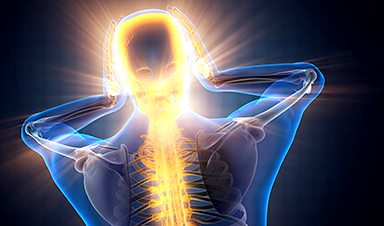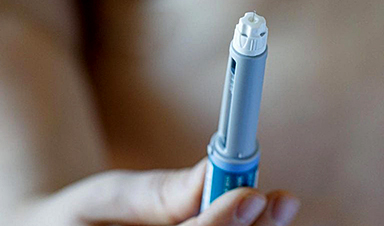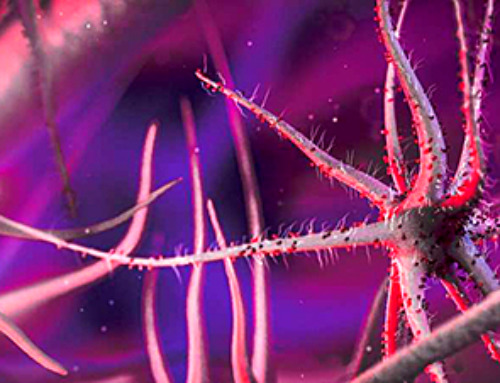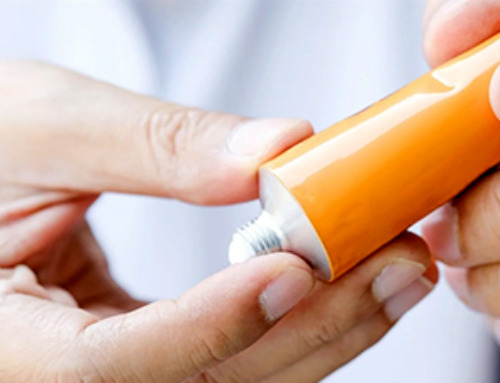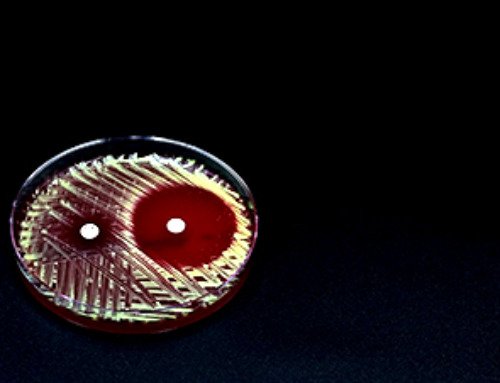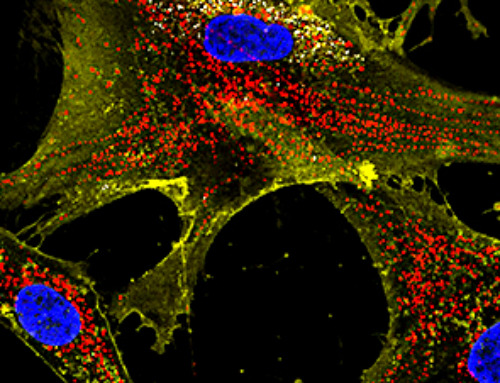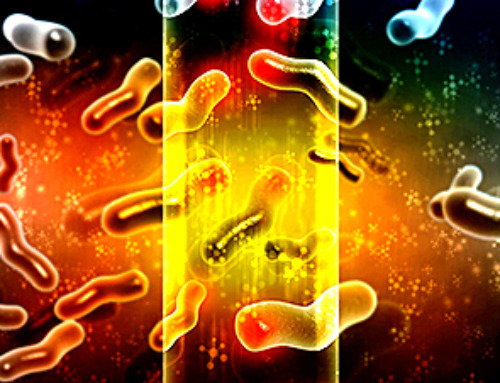Scientists at the National Institute of Standards and Technology (NIST) have developed a new technology for measuring how radiation damages DNA molecules. This novel technique, which passes DNA through tiny openings called nanopores, detects radiation damage much faster and more accurately than existing methods. It could lead to improved radiation therapy for cancer and more personalized care for individuals during radiological emergencies.
“With nanopore sensing, we’re not just measuring radiation damage; we’re rewriting the rules on how quickly and effectively we can respond to both cancer care and emergencies,” said NIST physical scientist Joseph Robertson.
The research has now successfully completed the proof-of-concept phase, having been demonstrated in the laboratory using carefully prepared DNA in a test tube. Future plans involve developing a portable version of the technology and utilizing the technique to measure radiation damage to DNA extracted from biological cells and tissues.
How the new technology works
Current methods for measuring the biological effects of radiation are slow and often ineffective at providing results when needed, particularly in medical and emergency situations. To assess radiation damage in an individual exposed to radiation, medical professionals take a blood sample and either count the number of dead cells (a process that takes at least two days) or culture cells from the sample to detect chromosomal abnormalities (which takes at least three days).
These existing techniques have a limited range and cannot measure doses above about 5 gray, which is lower than what an individual may be exposed to in a major radiological incident. A gray (Gy) is a unit that expresses the amount of radiation energy absorbed by the body or an object per kilogram of mass.
The new technique, published in Analytical Chemistry, is particularly effective for measuring doses between 2 Gy and 10 Gy—a crucial range of radiation exposure in humans that necessitates immediate medical care. It can produce results within minutes rather than days, with significantly higher accuracy than previously achievable.
The method leverages the fact that ionizing radiation, such as X-rays and gamma rays, breaks DNA into smaller fragments.
To demonstrate the new approach, researchers utilized radiation-damaged DNA samples. They passed the DNA fragments through a nanopore, which had an electric current flowing through it. DNA molecules that passed through the nanopore caused disruptions in the current.
By monitoring these variations, the researchers could measure the number of DNA fragments transiting the nanopore and determine their lengths. This information allowed the researchers to accurately calculate the effective radiation dose that impacted the DNA.
Tailoring therapies for better outcomes
In the quest to enhance cancer treatment, real-time monitoring of radiation exposure is essential.
“Too little radiation can fail to destroy cancer cells, while too much can harm healthy tissue,” said Robertson. “The ability to monitor radiation exposure in real time means doctors can adjust treatments to ensure the right dosage.”
This technology could also track how well a tumor is responding to radiation, allowing for personalized adjustments to treatment. By directly measuring DNA damage in cancer cells, doctors can tailor therapies more precisely to each patient.
Rapid response in emergencies
In radiological emergencies like nuclear accidents or radiation poisoning, the ability to quickly assess radiation exposure is crucial. Traditional methods may take days, but with this new technology, first responders can obtain real-time data in minutes.
“This would allow medical teams to quickly prioritize care for those most at risk,” said Robertson.
NIST’s breakthrough could transform responses to radiation emergencies and assist in saving lives by ensuring that individuals receive the appropriate care as quickly as possible.
One of the key advantages of this technology is its potential portability. NIST researchers are collaborating with industry partners to develop a device that could be as small and affordable as a smartphone, making it easily accessible in hospitals, emergency response situations, and even field settings. In the coming years, researchers hope to partner with commercial entities to build a prototype device.
This technology not only signifies a substantial advance in measuring DNA damage but also underscores NIST’s commitment to enhancing public health and safety through innovative science.
“This technology isn’t merely a leap forward; it’s a lifeline,” said Robertson. “By making radiation measurement precise and accessible, we’re striving to ensure that help is always within reach.”
More information: Michael Lamontagne et al, Single–Molecule Biodosimetry, Analytical Chemistry (2025). DOI: 10.1021/acs.analchem.5c03303
Journal information: Analytical Chemistry
Provided by National Institute of Standards and Technology
News
Novel mRNA therapy curbs antibiotic-resistant infections in preclinical lung models
Researchers at the Icahn School of Medicine at Mount Sinai and collaborators have reported early success with a novel mRNA-based therapy designed to combat antibiotic-resistant bacteria. The findings, published in Nature Biotechnology, show that in [...]
New skin-permeable polymer delivers insulin without needles
A breakthrough zwitterionic polymer slips through the skin’s toughest barriers, carrying insulin deep into tissue and normalizing blood sugar, offering patients a painless alternative to daily injections. A recent study published in the journal Nature examines [...]
Multifunctional Nanogels: A Breakthrough in Antibacterial Strategies
Antibiotic resistance is a growing concern - from human health to crop survival. A new study successfully uses nanogels to target and almost entirely inhibit the bacteria P. Aeruginosa. Recently published in Angewandte Chemie, the study [...]
Nanoflowers rejuvenate old and damaged human cells by replacing their mitochondria
Biomedical researchers at Texas A&M University may have discovered a way to stop or even reverse the decline of cellular energy production—a finding that could have revolutionary effects across medicine. Dr. Akhilesh K. Gaharwar [...]
The Stunning New Push to Protect the Invisible 99% of Life
Scientists worldwide have joined forces to build the first-ever roadmap for conserving Earth’s vast invisible majority—microbes. Their new IUCN Specialist Group reframes conservation by elevating microbial life to the same urgency as plants and [...]
Scientists Find a Way to Help the Brain Clear Alzheimer’s Plaques Naturally
Scientists have discovered that the brain may have a built-in way to fight Alzheimer’s. By activating a protein called Sox9, researchers were able to switch on star-shaped brain cells known as astrocytes and turn them into [...]
Vision can be rebooted in adults with amblyopia, study suggests
Temporarily anesthetizing the retina briefly reverts the activity of the visual system to that observed in early development and enables growth of responses to the amblyopic eye, new research shows. In the common vision [...]
Ultrasound-activated Nanoparticles Kill Liver Cancer and Activate Immune System
A new ultrasound-guided nanotherapy wipes out liver tumors while training the immune system to keep them from coming back. The study, published in Nano Today, introduces a biodegradable nanoparticle system that combines sonodynamic therapy and cell [...]
Magnetic nanoparticles that successfully navigate complex blood vessels may be ready for clinical trials
Every year, 12 million people worldwide suffer a stroke; many die or are permanently impaired. Currently, drugs are administered to dissolve the thrombus that blocks the blood vessel. These drugs spread throughout the entire [...]
Reviving Exhausted T Cells Sparks Powerful Cancer Tumor Elimination
Scientists have discovered how tumors secretly drain the energy from T cells—the immune system’s main cancer fighters—and how blocking that process can bring them back to life. The team found that cancer cells use [...]
Very low LDL-cholesterol correlates to fewer heart problems after stroke
Brigham and Women's Hospital's TIMI Study Group reports that in patients with prior ischemic stroke, very low achieved LDL-cholesterol correlated with fewer major adverse cardiovascular events and fewer recurrent strokes, without an apparent increase [...]
“Great Unified Microscope” Reveals Hidden Micro and Nano Worlds Inside Living Cells
University of Tokyo researchers have created a powerful new microscope that captures both forward- and back-scattered light at once, letting scientists see everything from large cell structures to tiny nanoscale particles in a single shot. Researchers [...]
Breakthrough Alzheimer’s Drug Has a Hidden Problem
Researchers in Japan found that although the Alzheimer’s drug lecanemab successfully removes amyloid plaques from the brain, it does not restore the brain’s waste-clearing system within the first few months of treatment. The study suggests that [...]
Concerning New Research Reveals Colon Cancer Is Skyrocketing in Adults Under 50
Colorectal cancer is striking younger adults at alarming rates, driven by lifestyle and genetic factors. Colorectal cancer (CRC) develops when abnormal cells grow uncontrollably in the colon or rectum, forming tumors that can eventually [...]
Scientists Discover a Natural, Non-Addictive Way To Block Pain That Could Replace Opioids
Scientists have discovered that the body can naturally dull pain through its own localized “benzodiazepine-like” peptides. A groundbreaking study led by a University of Leeds scientist has unveiled new insights into how the body manages pain, [...]
GLP-1 Drugs Like Ozempic Work, but New Research Reveals a Major Catch
Three new Cochrane reviews find evidence that GLP-1 drugs lead to clinically meaningful weight loss, though industry-funded studies raise concerns. Three new reviews from Cochrane have found that GLP-1 medications can lead to significant [...]
